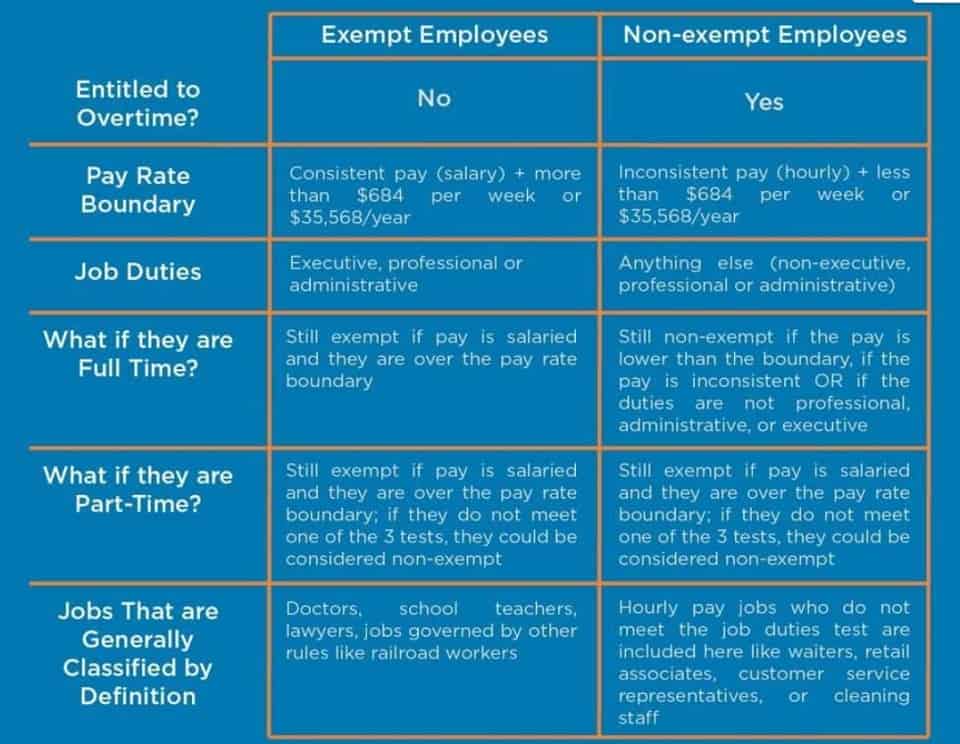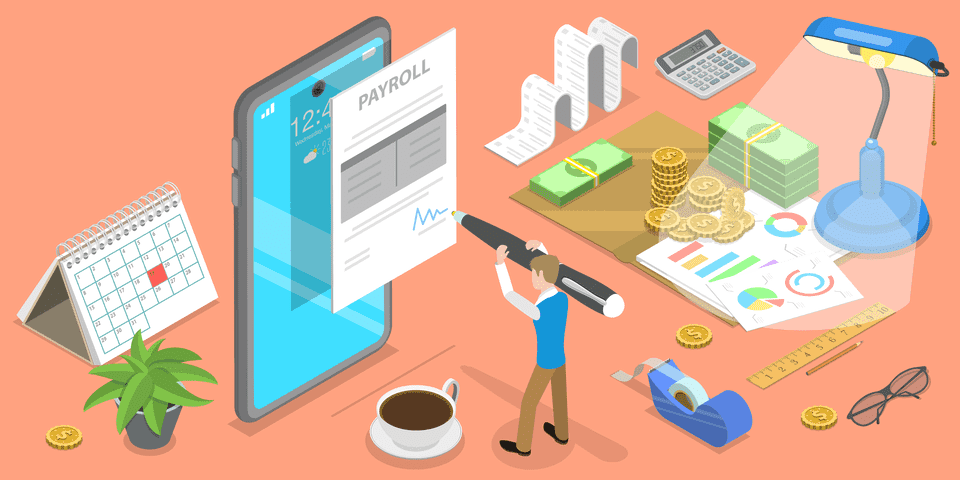
Take self-paced courses to master the fundamentals of finance and connect with like-minded individuals. Ask a question about your financial situation providing as much detail as possible. Our goal is to deliver the most understandable and comprehensive explanations of financial topics using simple writing complemented by helpful graphics and animation videos. At Finance Strategists, we partner with financial experts to ensure the accuracy of our financial content. (1) Coltene Holdings AG – the Swiss Franc will almost certainly continue its long-term appreciation against the dollar. If the Dow rises 15 percent, but the dollar falls 15% simultaneously, no real money has been made.
How dividend stocks work
The periodic payments from dividend stocks can be useful when utilizing a dividend reinvestment plan. Because they often own dividend stocks, mutual funds and exchange-traded funds (ETFs) may distribute dividend payments to their shareholders. If you own an ETF or mutual fund, you’ll receive your portion of the fund’s dividend income based on the number of shares you own and the company’s representation in the fund. An S&P 500 fund, for example, might pay a dividend yield of 1.77% while some companies within the S&P 500, like Kohl’s, offer dividend yields above 13% (more on yields below). These dividends typically provide investors with a reliable source of income, often paid on a quarterly basis.
Savings accounts
Many investors, particularly retirees, may try to invest primarily or solely in such dividend-paying stocks. Special dividends might be one-off payouts from a company that doesn’t normally offer dividends, or they could be extra dividends in addition to a company’s regularly scheduled dividends. Investors in DRIPs are able to reinvest any dividends received back into the company’s stock, often at a discount. DRIPs typically aren’t mandatory; investors can choose to receive the dividend in cash instead. Financial websites or online brokers will report a company’s dividend yield, which is a measure of the company’s annual dividend divided by the stock price on a certain date. Companies that can increase dividends year after year are often more attractive to investors.

When are they paid?
He has worked as an accountant and consultant for more than 25 years and has built financial models for all types of industries. He has been the CFO or controller of both small and medium sized companies and has run small businesses of his own. He has been a manager and an auditor with Deloitte, a big 4 accountancy firm, and holds a degree from Loughborough University. Below, CNBC Select explains how dividends are paid out, how to judge their value and more. Volatility profiles based on trailing-three-year calculations of the standard deviation of service investment returns. These companies have increased their dividends every year for 50+ years.
Combine those dividends with capital appreciation as the companies you own grow in value, and the total returns can rival and even exceed those of the broader market. It’s crucial to review the dividend classification provided by the company to determine whether dividends qualify as ordinary or qualified. The tax treatment of dividends is subject to change, so it’s advisable to consult with a tax professional for personalized advice based on your tax situation. Compare the dividend yield of different stocks within the same industry to identify those with higher yields.
Dividends Paid on Per-Share Basis
For example, Greece and Slovakia have a lower tax on dividend income for shareholders, while dividend gains are tax exempt in Hong Kong. When a company announces a dividend, it also will announce the payment date on which the dividend will be paid into the shareholders’ accounts. These traits https://www.bookstime.com/ make REIT stocks attractive choices for investors who want reliable dividend income and high yields. REITs offer an average dividend yield of 3.8%, more than double what you might get from an S&P 500 fund. REITs focusing on certain sectors, like mortgages, may even offer higher yields.
- Some investors prefer companies that pay dividends because they provide a source of regular income.
- Or, they can sell the additional shares immediately, pocket the cash, and still retain the same number of shares they had before.
- This is why electricity stocks with high payout rates are bid up during economic uncertainty.
- Let us say the stock price drops from $32 to $27; if that happens, the yield will jump to 6.4%.
- Compare the dividend yield of different stocks within the same industry to identify those with higher yields.
- A Dividend is a distribution of a company’s earnings to its shareholders.
Which of these is most important for your financial advisor to have?
A dividend is a payment in cash or stock that public companies distribute to their shareholders. Income investors prefer to earn a steady stream of income dividends type of account from dividends without needing to sell shares of stock. There are several types of dividends a company can choose to pay out to its shareholders.
Pros and Cons of Dividend Investing

Dividends for Mutual Funds and ETFs
- Investing is a work in progress, and you can add one account at a time.
- A stock dividend is a dividend paid as shares of stock instead of cash.
- However, such a move may spook the market, resulting in a drop in share price as investors sell the struggling company.
- For example, if a stock pays a quarterly dividend of $1 per share and the investor owns 50 shares, they would receive a dividend of $50 each quarter.




 gran virtud, algo que puede parecer cosa de generaciones anteriores pues en la sociedad actual todo tiene que ser para ya y los tiempos de espera están muy mal vistos.
gran virtud, algo que puede parecer cosa de generaciones anteriores pues en la sociedad actual todo tiene que ser para ya y los tiempos de espera están muy mal vistos.








